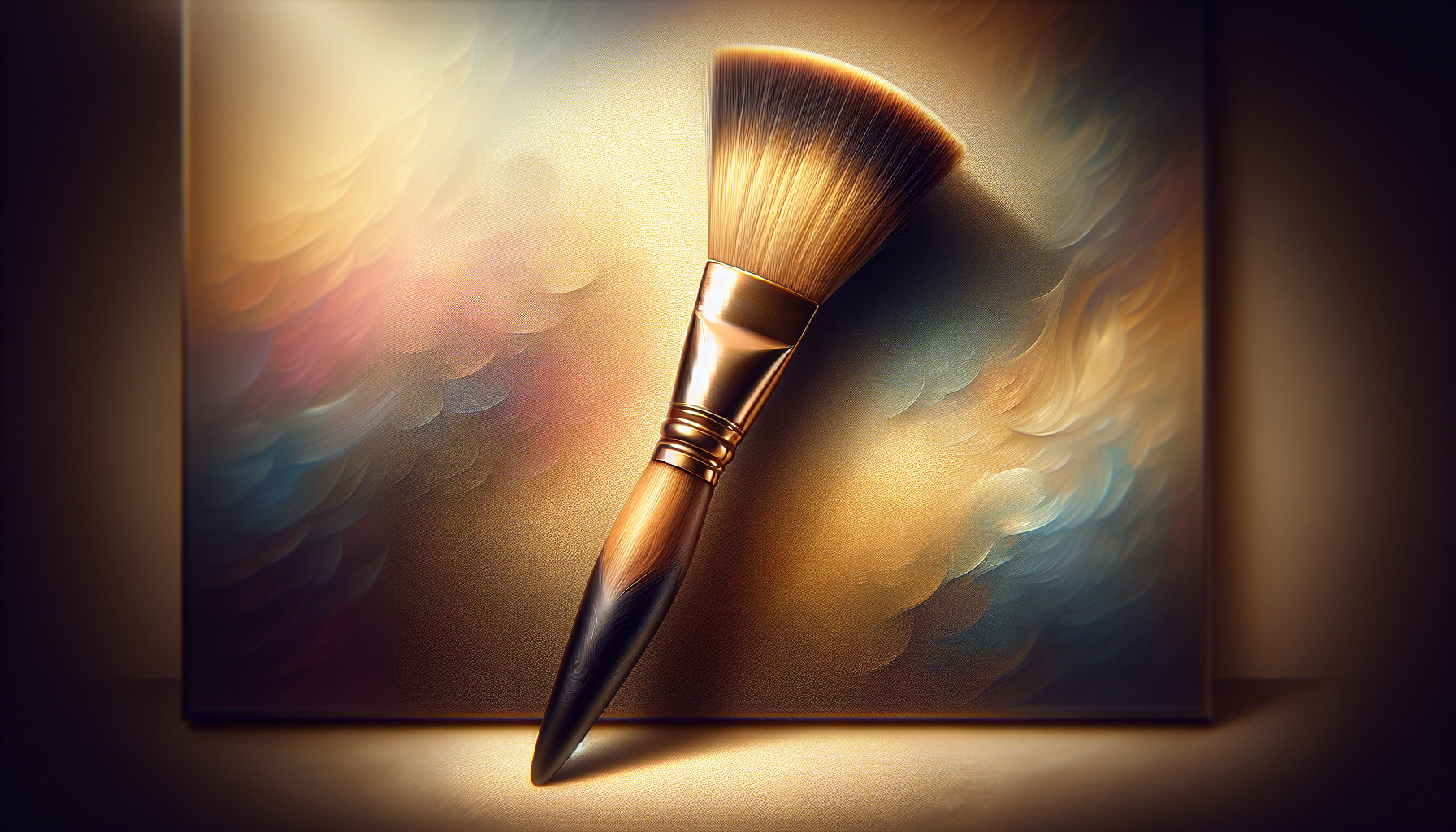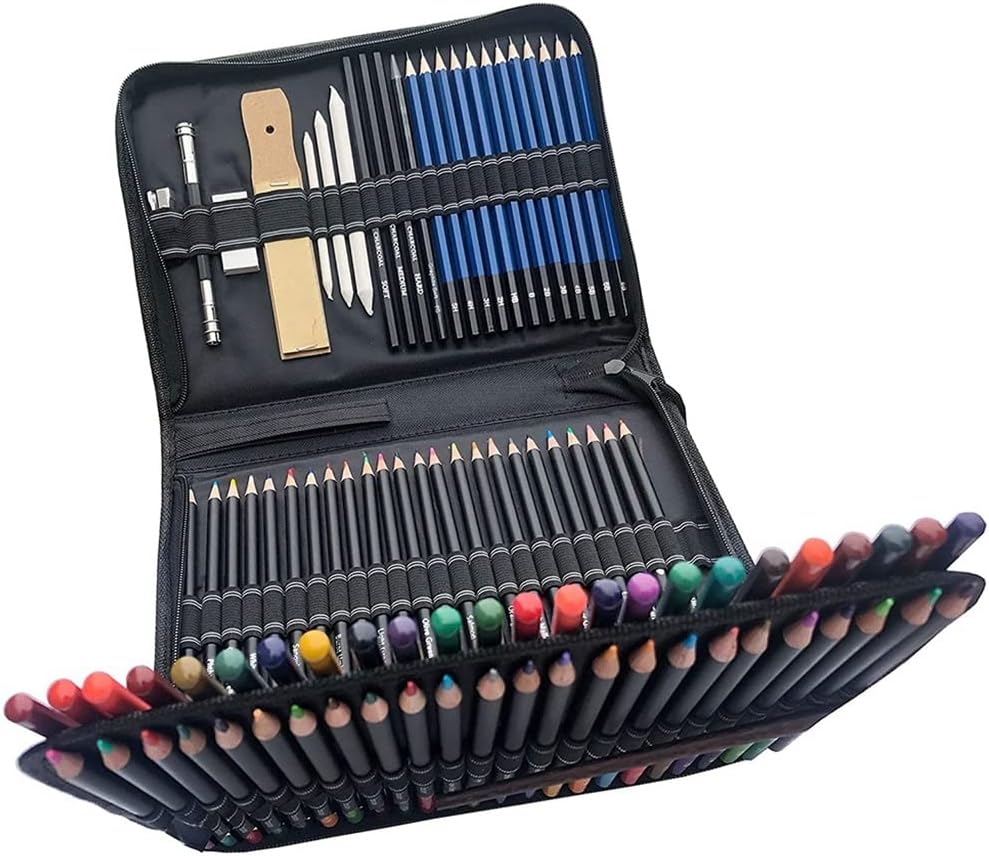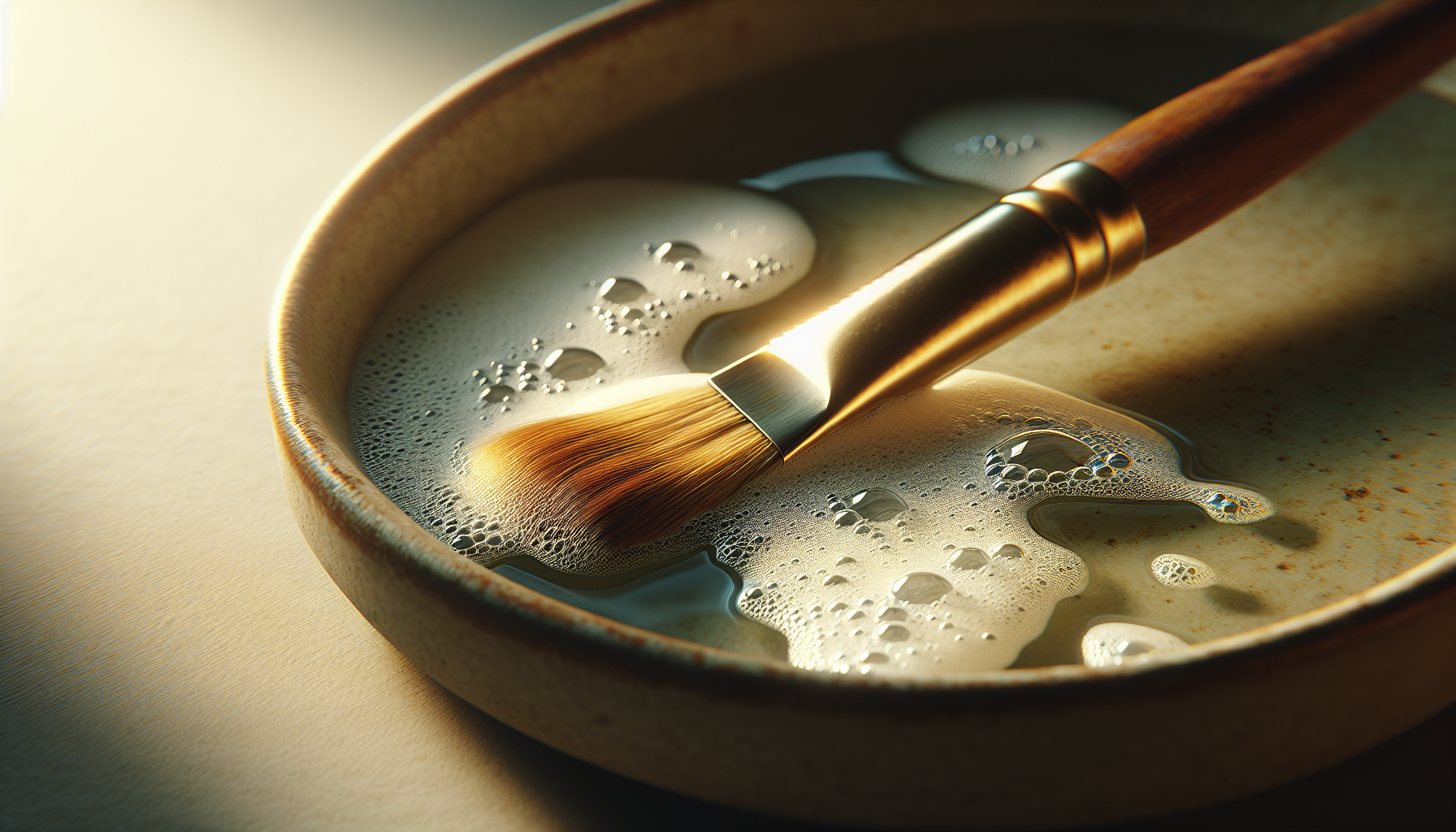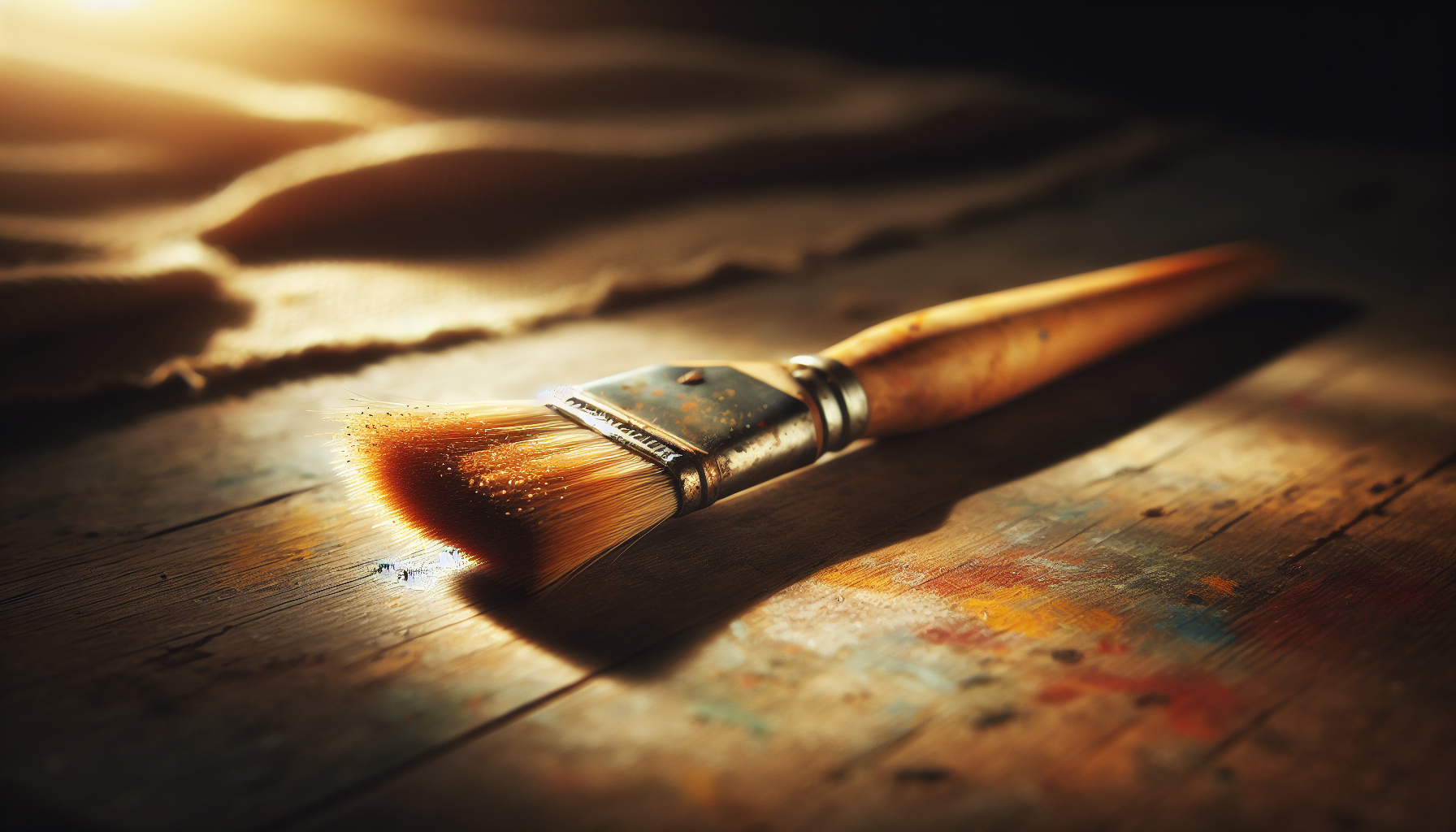Have you ever wondered what makes the difference in achieving those precise lines and delicate details in your artwork? The secret often lies in your choice of paintbrush. Selecting the right tool is a decisive factor in creating artwork that is both detailed and refined. This article will guide you through the complexities of choosing the best paint brushes for detail work and fine lines, helping you elevate your craft.
Understanding Detail Work and Fine Lines
Creating fine lines and intricate details in artwork is a challenging endeavor that requires precision and control. This level of work is often seen in miniatures, portraits, botanical illustrations, and architectural sketches. To master these techniques, you need tools that enhance your capabilities rather than hinder them.
Why Detail Work Requires Special Brushes
Detail work demands brushes that offer you high control and precision. These brushes need to maintain a fine tip and be made with materials that support delicate strokes. They are engineered to pick up the right amount of pigment without blotting, allowing you to create consistent lines effortlessly.
Types of Paint Brushes for Fine Detail Work
With an overwhelming array of brushes available, understanding the differences can guide your decision-making process. Here are some of the most commonly used brushes for detail work:
Round Brushes
Round brushes are versatile and can be used for a variety of techniques. They are characterized by a tapered tip that allows for more controlled strokes, making them ideal for detailed work. The brush’s body can range from narrow to wide, giving you options depending on the level of detail you want to achieve.
Liner Brushes
Liner brushes are slender with long bristles, specifically designed for detail work and fine lines. Their thin structure helps to maintain precision over large or continuous strokes. They are often used for script lettering, outlining, and fine detailing.
Spotter Brushes
Spotter brushes have shorter bristles than round brushes, providing more control for intricate details. They allow for precise application and are ideal for painting small, intricate details, such as the highlights in an eye or the minute markings on an insect.
Rigger Brushes
Originally designed for painting the rigging of ships, rigger brushes have long, slim bristles that are adept at creating long lines. These brushes are excellent for continuous lines and are often used in watercolor paintings where flow and fluidity are key.
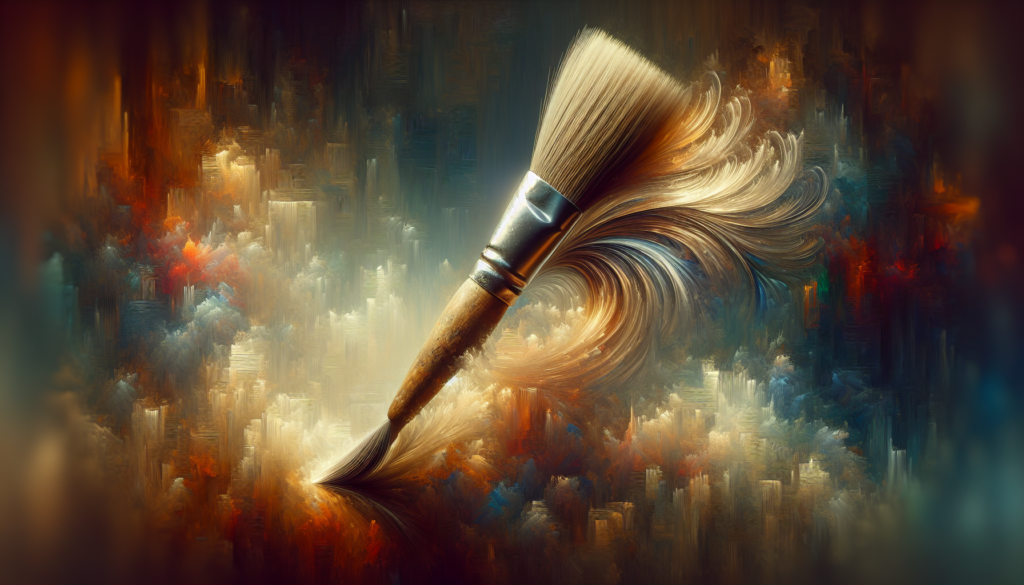
Materials and Construction of Detail Brushes
Different materials can significantly impact the performance of your paintbrush, influencing factors such as durability, maintenance, and the type of medium you work with.
Bristle Types
-
Synthetic Bristles: These are often made from nylon or polyester and are typically more durable and easier to clean. They are excellent for use with acrylic or oil paints, as they can maintain their shape and offer good control.
-
Natural Bristles: Brushes made from natural hair, such as sable or kolinsky, are prized for their softness and ability to hold a fine point. They are generally preferred for watercolor and ink due to their fluid retention and softness.
Brush Construction
The construction of a brush plays a pivotal role in its performance. Consider the following components:
-
Ferrule: The metallic piece that holds the bristles in place. A high-quality ferrule is seamless and will not rust. The material should be strong enough to withstand the pressure without coming loose.
-
Handle: Handles come in various materials, such as wood or acrylic. The choice between short or long handles often depends on your working style.
Choosing the Best Paint Brushes for Your Needs
Knowing the basic types and constructions of detail brushes aids in narrowing down your options. Here are some considerations for selecting the best brush tailored to your artistic requirements:
Matching Type to Medium
Different media require different types of brushes. For instance, watercolors often benefit from natural bristles for their moisture retention benefits, while acrylics and oils may be more suited for stiffer, synthetic bristles.
Gauge the Quality
Quality is essential for long-lasting performance. While cheaper options might be readily available, investing in high-quality brushes can enhance your work and ensure durability.
Handling and Comfort
The grip and comfort of a brush should not be overlooked. Spend time testing different styles to find what feels comfortable and offers the best support for your hand during long painting sessions.
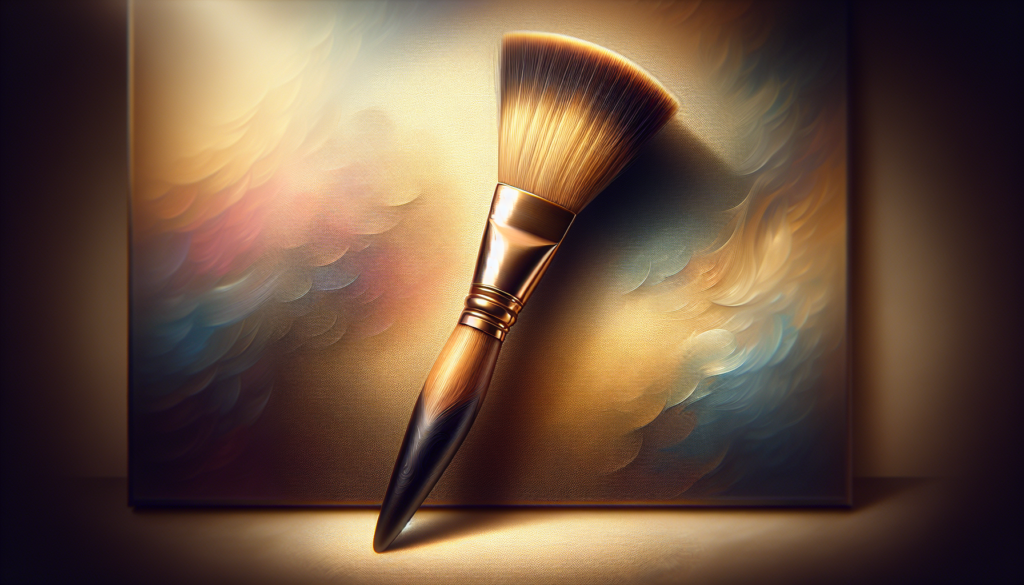
Maintenance and Care Tips for Longevity
To ensure your brushes remain in pristine condition, proper maintenance is crucial. Follow these guidelines to keep your tools in top shape:
Cleaning Techniques
-
For Water-Based Paints: Rinse brushes with water immediately after use. Mild soap can assist in removing remnants.
-
For Oil-Based Paints: Use a solvent like turpentine or mineral spirits to clean, followed by soap and water.
Storage Advice
Store brushes with the bristles pointing upward to prevent deformation. Protect the brush tips by storing them in a brush holder or wrapping them in paper.
Popular Brands and Their Offerings
Choosing a reliable brand can ensure you receive brushes that perform well. Here’s a comparison of the offerings from some prominent brands:
| Brand | Notable Features | Ideal For |
|---|---|---|
| Winsor & Newton | Known for superior craftsmanship, offering both synthetic and natural options. | Professional painters and watercolorists. |
| Princeton | Offers a broad range of affordable, high-quality brushes for various media. | Hobbyists and amateur artists. |
| Raphael | High-grade brushes with a reputation for excellent control and precision. | Detailed work in multiple mediums. |
Techniques for Using Detail Brushes
Mastering the use of detail brushes involves understanding and practicing specific techniques. Your skill with these brushes grows as you experiment and push your artistic boundaries.
Steady Hand Techniques
Maintaining a steady hand is crucial when working with detail brushes. Practicing techniques such as bracing your hand or arm against a steady surface can significantly reduce tremor and increase precision.
Layering and Blending
Layering paints effectively can add depth and dimension to your work. Achieving seamless blends and transitions between colors often requires patience, practice, and the right brush.
Common Mistakes and How to Avoid Them
Even experienced artists can occasionally fall into traps when using detail brushes. Being aware of common mistakes can help you avoid them.
Misjudging Brush Size
Artists sometimes opt for a larger brush than needed, sacrificing detail and precision. Always choose the brush that best fits the scale of your work.
Inadequate Paint Consistency
Paint consistency greatly impacts the result. Too thin, and the paint may run; too thick, and it could clump. Achieve the right consistency to enhance control.
Conclusion
Choosing the best paint brushes for detail work and fine lines requires an understanding of brush types, materials, and techniques. With the right knowledge and tools, you can achieve the precision and elegance in your artwork that you aspire to.
By incorporating what you’ve learned about brush selection, maintenance, and painting techniques, your journey in creating intricate and expressive art can reach new heights. Take this knowledge and let it inspire your next masterpiece, knowing that the tools in your hand are the key to unlocking your artistic potential.
